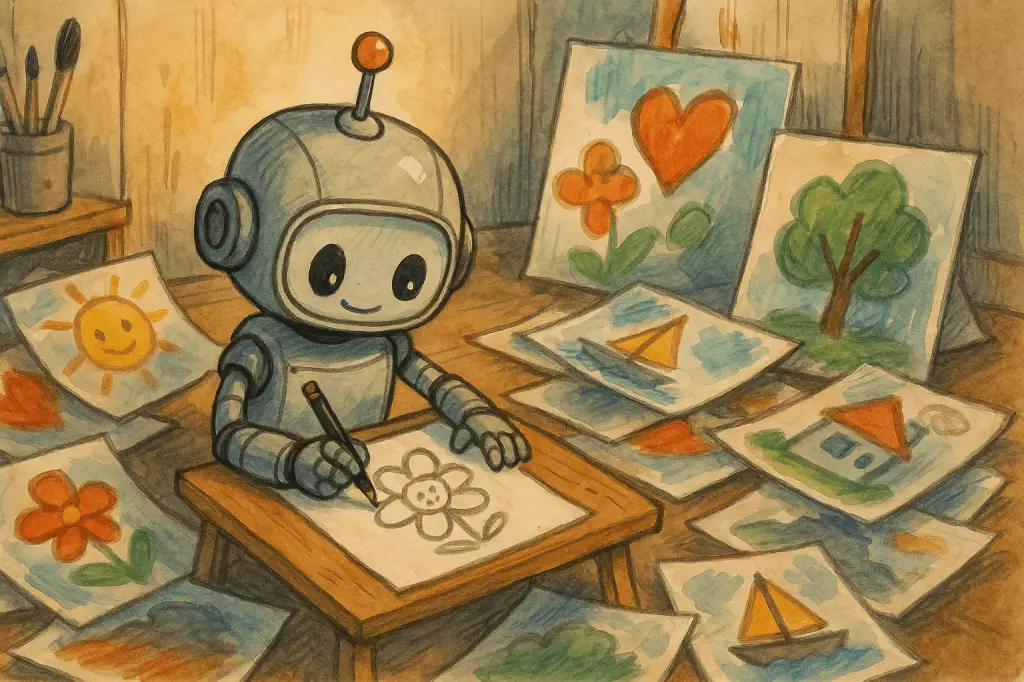In the ever-evolving world of artificial intelligence, the ability to blend creativity with cutting-edge technology signifies a remarkable progression. OpenAI’s introduction of its image generation capabilities through the API is a game-changer for businesses looking to tap into unique artistic expressions inspired by stalwarts like Studio Ghibli. By allowing developers and enterprises to natively incorporate these high-quality images into their platforms, OpenAI empowers a fresh wave of creativity that was previously limited to human artists. This innovation not only democratizes art generation but opens new avenues for storytelling and branding, enabling brands to resonate with audiences in visually captivating ways.
Understanding the Technical Backbone
At the heart of this development is the gpt-image-1 model, which showcases remarkable versatility in image generation. OpenAI has established a system that efficiently handles a variety of artistic styles, adhering to custom guidelines while leveraging a vast reservoir of world knowledge. This means the model is not merely replicating existing styles but is capable of generating unique imagery that reflects specific narratives or brand identities. Such capabilities unlock vast potential across diverse industries, from marketing to education, enabling the creation of tailored visual content that speaks directly to the intended audience.
Pricing for this API is structured with a nuanced understanding of different content types, distinguishing between text prompts and image generation. This tiered system reflects a commitment to accessibility, though the disparity in costs raises questions about long-term utilization and affordability for smaller enterprises. For instance, while the text input tokens attract a modest fee, the substantially higher charges for image generations may act as a barrier for startups. This balancing act of pricing may influence how widely adopted the technology becomes, especially as aspiring creators seek to leverage it without breaking the bank.
Competitive Landscape in Image Generation
The announcement also positions OpenAI in a competitive landscape filled with other AI image generation technologies like Stability AI and Google’s Imagen. Both rivals offer unique credit-based systems that may seem more financially palatable to smaller developers. However, OpenAI’s significant user base is compelling; over 130 million users interacted with the image generation on ChatGPT shortly after its release. Such numbers paint a vivid picture—users are not only interested but are actively utilizing the service, driving an unprecedented demand that illustrates how quickly certain aspects of AI have become integral to creative expression.
The ability of users to generate Studio Ghibli-inspired images on social media has made the feature even more alluring and relatable, blurring the lines between technology and community culture. However, this viral nature also brings with it challenges—overuse of a particular aesthetic can lead to saturation and diminish the novelty that initially attracted users. OpenAI’s leadership has recognized these challenges; the CEO’s humorous remark about “melting GPUs” signals that while popularity is beneficial, it can also strain resources and infrastructure.
Enterprise Applications and Accessibility
As businesses look for ways to enhance their creative processes, the integration of gpt-image-1 offers an opportunity to revolutionize asset creation and management. No longer is there a need for companies to navigate multiple platforms to generate images; this streamlined approach has the potential to significantly reduce operational friction. Noteworthy mentions include Canva, which is exploring the integration of this model into its creative suite, and GoDaddy, which is experimenting with logo generation for its users. Companies like Airtable are already capitalizing on the proliferation of AI image generation to manage marketing and creative workflows effectively.
Moreover, OpenAI’s commitment to ethical standards—including C2PA metadata that designates AI-generated content—ensures that ownership and authenticity are maintained in a rapidly evolving digital landscape. This is not just a matter of technological advancement but reflects a broader ethical responsibility as businesses increasingly rely on AI to shape their visuals and narratives.
The Future of AI in Creative Expression
Ultimately, the ability to generate Studio Ghibli-inspired images through an API signifies a larger trend in AI-driven creativity. It prompts us to rethink the role of technology in art and design, moving beyond traditional boundaries to explore new horizons. As this technology continues to develop, society must stop and consider both the benefits and the implications of generative art in our culture, ensuring that creativity remains a collaborative dance between human ingenuity and machine learning. The intrigue surrounding this capability is only just beginning, and the excitement it generates may well lead to a renaissance in visual storytelling that captivates audiences for years to come.

